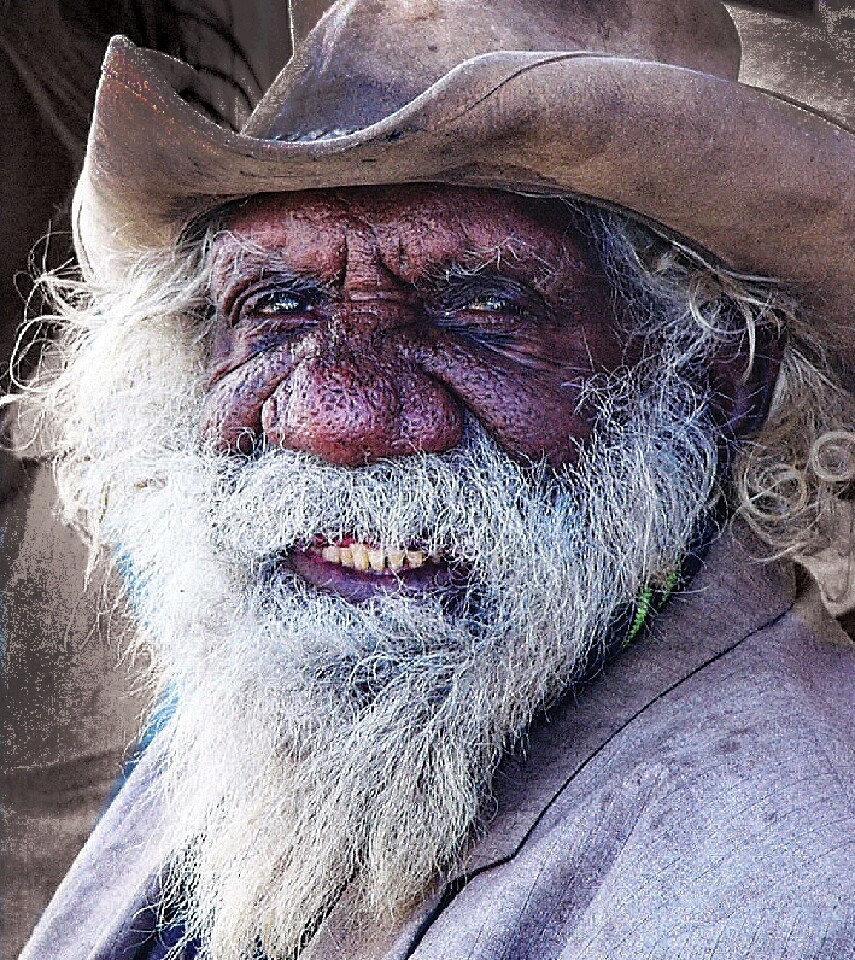Kudditji Exhibition 5th July, 2012
 From: Jul 05, 2012
From: Jul 05, 2012
Until: Jul 26, 2012
Paintings by the eighty-five year old legend Kudditji are hot property right now, both in Australia and internationally. Like his half sister Emily Kame Kngwarreye, Kudditji (pronounced goo-beh-chee and called Goob), seems set to take his place as one of Australia's foremost indigenous artists.
Born around 1925, Kudditji Kngwarreye is the half brother of the late Emily Kame Kngwarreye. He had a traditional bush upbringing and worked as a stockman and mine worker for many years. He is also a traditional custodian of many important Dreamings, of the land and Men's Business ceremonial sites located in his country at Utopia Station, about 230 km north east of Alice Springs.
During his younger days Kudditji frequently took the young boys/men hunting emu in these lands, merging tradition with practice as part of their initiation as men. It is the land of this experience that he now paints his 'Emu Dreamings' and his 'My Country' works.
Kudditji has participated in many international exhibitions and is known for depictions of his Dreamings, particularly those related to the law of the Emu ancestors. When he began painting around 1986, he was encouraged to paint in the fashionable style of the time, executing works with detailed infill. Some years later he came to find his current style of abstract imagery, bold colour use and intuitive interplay with space and form. Initially this style was not welcomed by galleries and for a time he returned to his (then) more successful traditional style of work. However, the artist's voice was not to be denied for long, and he later resumed his exploration into the abstract and continues to follow his unique approach today.
Now Kudditji's Dreamings have profoundly evolved into extraordinary juxtaposed colour fields - startling in both composition and hue. Harsh or soft and often surprising to the Western eye, his painterly style maps out the creation, his country, and his traditional Dreamings. While his spatial, painterly compositions have a Rothko-esque quality to them, the work of this Anmatyerre elder from the Northern Territory is clearly a unique Australian voice.
His highly intuitive and gestural method of painting together with his vibrant, colour saturated spaces is groundbreaking in Aboriginal art, and although he is already well collected it is felt by many industry insiders that his work is poised for a major market leap.
























